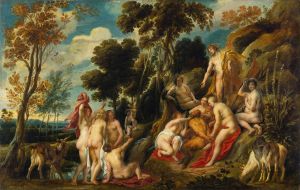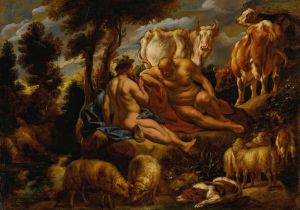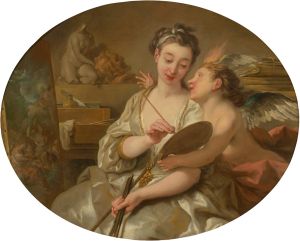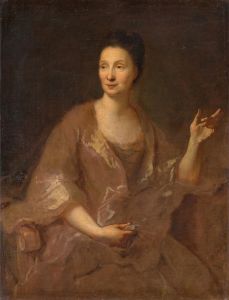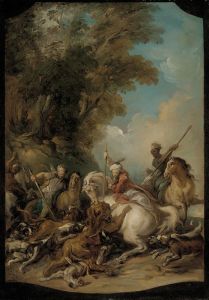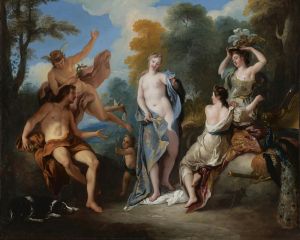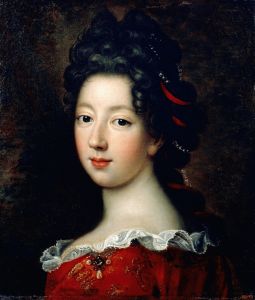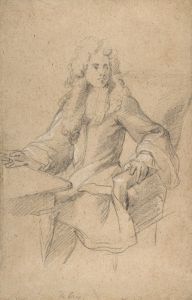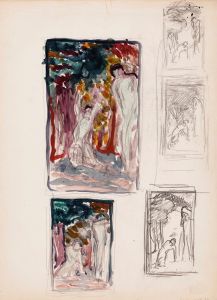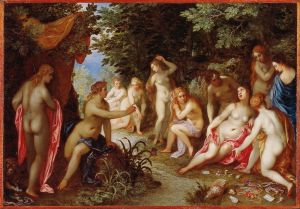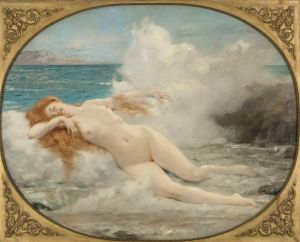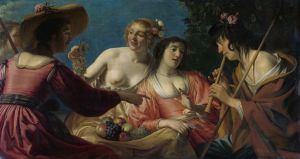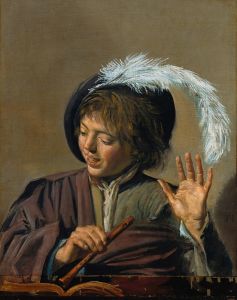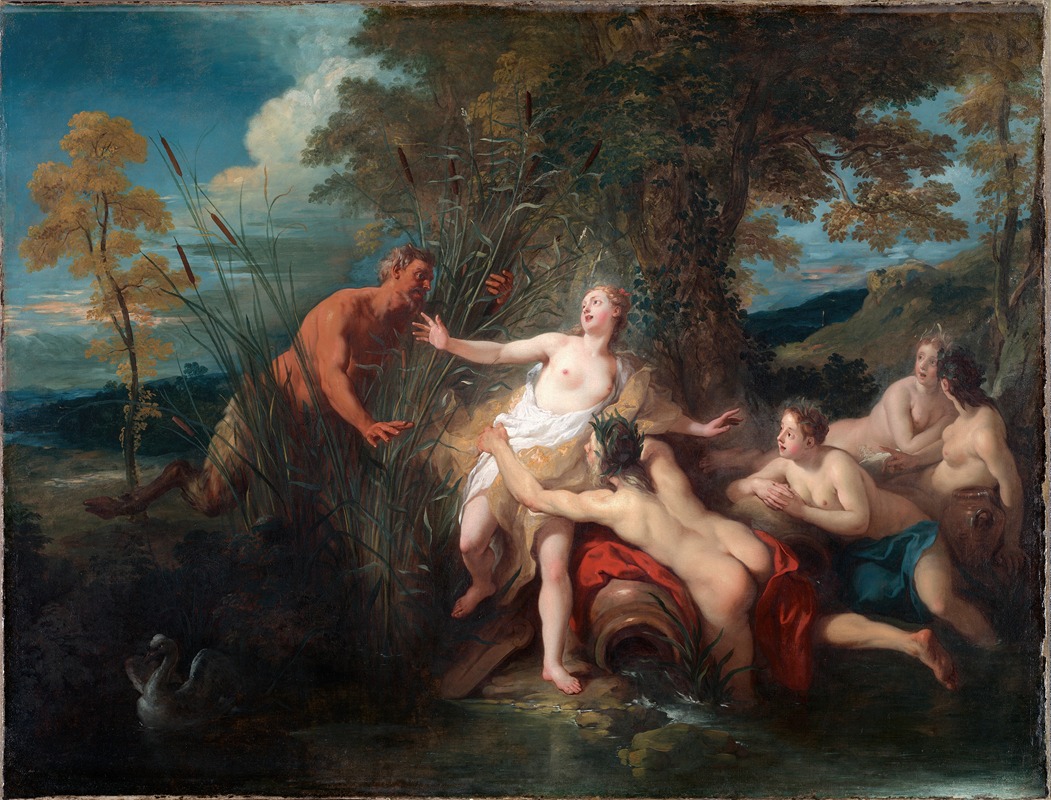
Pan and Syrinx
A hand-painted replica of Jean-François de Troy’s masterpiece Pan and Syrinx, meticulously crafted by professional artists to capture the true essence of the original. Each piece is created with museum-quality canvas and rare mineral pigments, carefully painted by experienced artists with delicate brushstrokes and rich, layered colors to perfectly recreate the texture of the original artwork. Unlike machine-printed reproductions, this hand-painted version brings the painting to life, infused with the artist’s emotions and skill in every stroke. Whether for personal collection or home decoration, it instantly elevates the artistic atmosphere of any space.
Jean-François de Troy's "Pan and Syrinx" is a notable painting that captures a scene from classical mythology, reflecting the artist's mastery in depicting mythological subjects with a blend of elegance and drama. Jean-François de Troy, a prominent French Rococo painter, was known for his historical and mythological scenes, as well as his contributions to the decorative arts in the 18th century.
The painting "Pan and Syrinx" illustrates the mythological story of the god Pan and the nymph Syrinx, a tale originating from Ovid's "Metamorphoses." In the myth, Pan, the god of the wild, shepherds, and flocks, becomes enamored with the beautiful nymph Syrinx. However, Syrinx, devoted to the goddess Artemis and wishing to remain chaste, flees from Pan's advances. As Pan pursues her, Syrinx reaches the river's edge and pleads for help from the river nymphs. In response to her prayers, the nymphs transform her into a bundle of reeds. When Pan arrives and discovers the transformation, he sighs in frustration, causing the reeds to produce a haunting melody. Captivated by the sound, Pan cuts the reeds and fashions them into a musical instrument, which becomes known as the pan flute or syrinx.
De Troy's painting captures the dramatic moment of pursuit, emphasizing the tension and emotion of the scene. His use of color and composition highlights the contrast between the determined Pan and the desperate Syrinx. The lush landscape setting, typical of Rococo art, provides a backdrop that enhances the mythological narrative, while the figures are rendered with a sense of movement and urgency.
Jean-François de Troy was born in Paris in 1679 and was the son of François de Troy, a portrait painter. He studied under his father and later in Italy, where he was influenced by the works of the Italian masters. De Troy became a member of the Académie Royale de Peinture et de Sculpture in 1708 and gained recognition for his historical and mythological paintings, as well as his tapestry designs. His works were characterized by their dynamic compositions, vibrant colors, and the graceful depiction of figures, all of which are evident in "Pan and Syrinx."
The painting is an example of the Rococo style, which was prevalent in the early to mid-18th century. This style is known for its ornate and decorative qualities, often featuring themes of love, nature, and mythology. De Troy's work embodies these characteristics, making "Pan and Syrinx" a quintessential representation of Rococo art.
While specific details about the provenance and current location of "Pan and Syrinx" by Jean-François de Troy are not widely documented, the painting remains an important part of his oeuvre, showcasing his ability to bring mythological stories to life through his artistic skill. De Troy's contribution to the Rococo movement and his influence on subsequent generations of artists are well recognized, with "Pan and Syrinx" serving as a testament to his talent and artistic vision.





